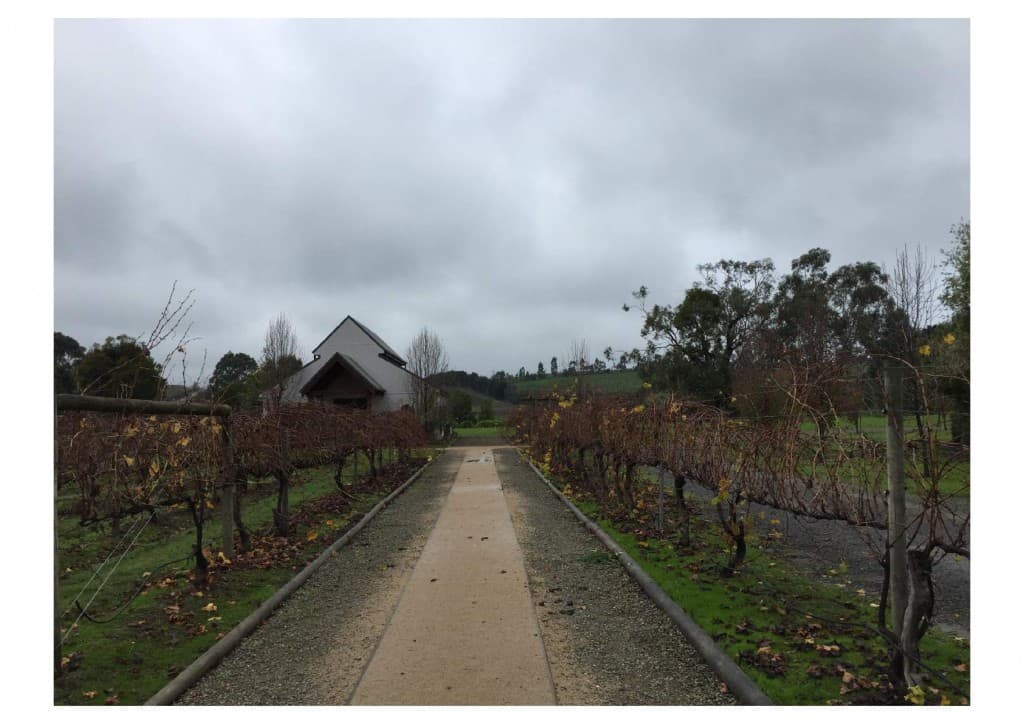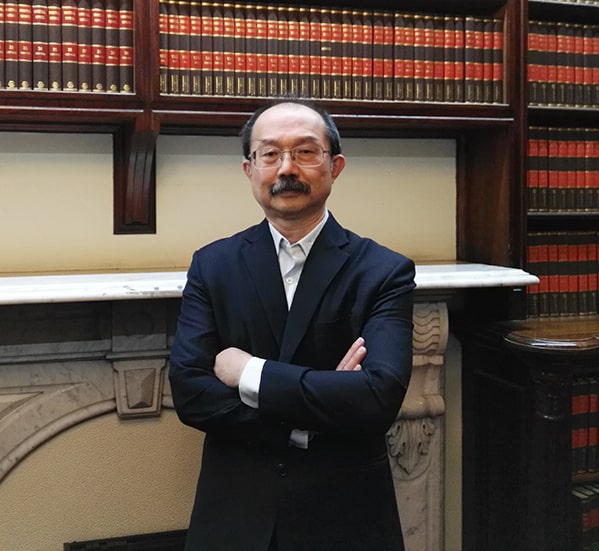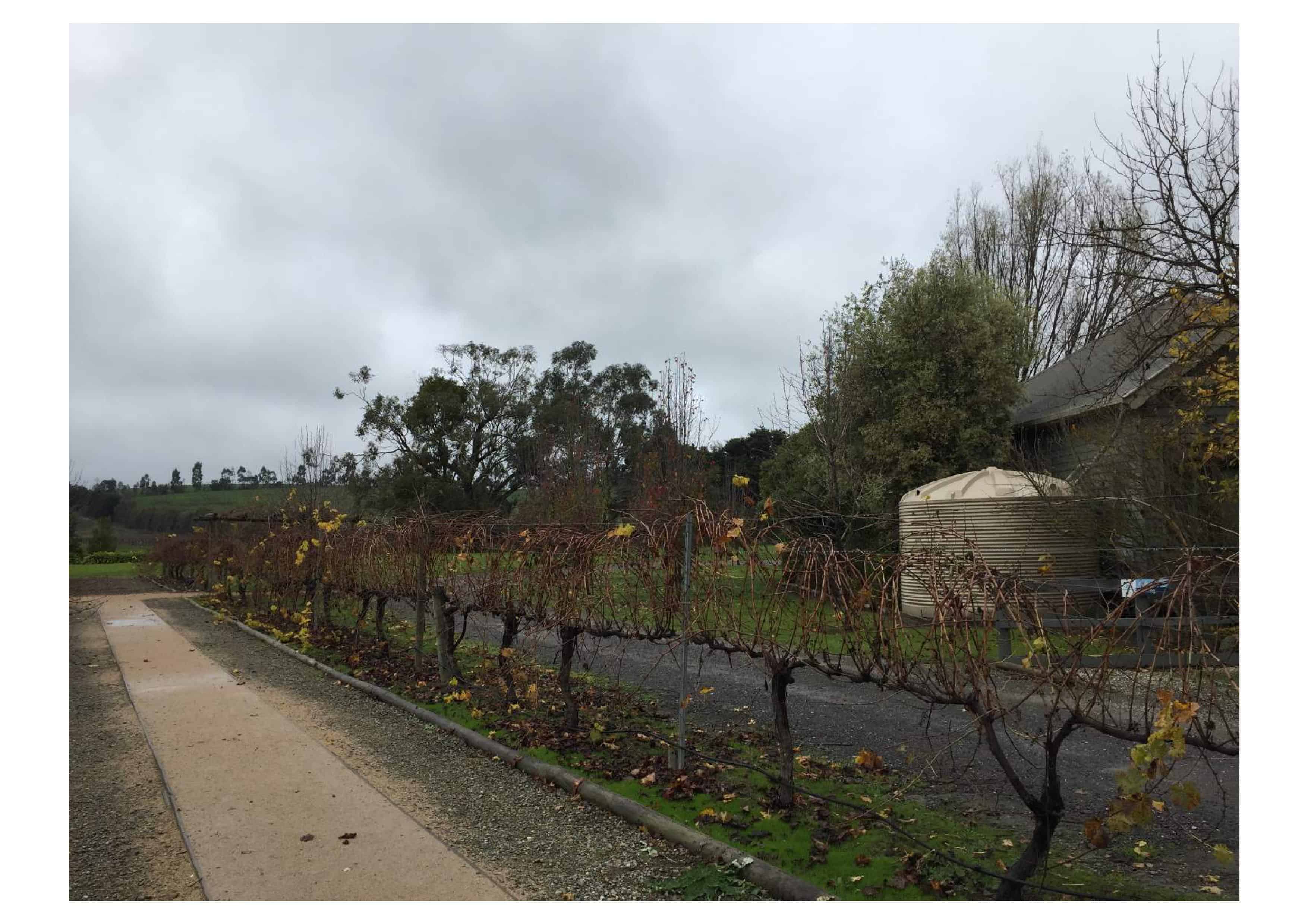
Subclass 887 Skilled Regional or Permanent Skilled Regional Class VB Subclass 887 visa: Who should apply & How to apply
The Subclass 887 Skilled Regional permanent visa is for people who are holding, or have applied for 1 of the following skilled visas:
- Subclass 489 (click here to learn more); or
- independent regional Class UX Subclass 495; or
- designated area sponsored Class UZ Subclass 496; or
- regional sponsored Subclass 475; or
- regional sponsored Subclass 487
The intention of the Subclass 887 Skilled Regional visa is to allow provisional or temporary General Skill Migration (or GSM) visa holders who have met certain residence and work requirements to convert their temporary visa to a permanent visa.
The policy intention of the Subclass 887 Skilled Regional visa scheme is to encourage people to move to regional or low growth metropolitan areas.
This visa encourages provisional GMS visa holders who have complied with their visa condition to live and work or study in a specified regional or designated area to continue to live, on a permanent basis, in these regional or designated area.

Changing occupation
There is no requirement on the type of work you can do if you are granted a Subclass 887 Skilled Regional visa. While you have been granted your provisional skilled visa on the basis of your declared skills and occupation, the Department of Immigration (Department of Home Affairs) will consider other occupations different from those you have nominated when applying for your provisional skilled visa. Similarly, you can work on a contractual basis or even be self-employed.
The types of work you intend to do is not important. What is important is the amount of work you will do. You are expected to work on a full-time basis or more than 35 hours per week. Other GSM visas may require you to be employed in an occupation for a minimum of 20 hours per week.

Number of working hours per week
According to the Australian Bureau of Statistics (ABS), a full-time position is 1 which normally requires 35 hours a week work. Some positions may involve less than 35 hours per week, however, under policy any work that is less than 30 hours could not be regarded as full-time.
You may add together hours of work performed in more than 1 job, for example, you worked in 2 casual or part-time positions, to meet the full-time requirement.
You will be required to provide evidence of your working hours to support your claim of having worked for at least 35 hours a week.

Must live in regional or designated area for 2 years
In order to be able to apply for the permanent Subclass 887 Skilled Regional visa, you must comply with at least 1 of the below:
If you have been granted a visa on the basis of having been nominated by an Australian state or territory, you must hold that visa for at least 2 years and have lived for at least 2 years in a regional or low-population growth metropolitan area. You can add together 2 or more periods of residency in the regional or low-population growth metropolitan areas.
If you have been nominated or sponsored by a relative, you must hold that visa for at least 2 years and have lived for at least 2 years in a designated area.

Where is regional Australia
The followings are considered to be regional or low-population growth metropolitan areas:
- New South Wales – everywhere except Sydney, Newcastle, the Central Coast and Wollongong. Regional areas include postcodes:
- 2311 to 2312;
- 2328 to 2411;
- 2420 to 2490;
- 2536 to 2551;
- 2575 to 2594;
- 2618 to 2739;
- 2872 to 2898
- Norther Territory – everywhere in the NT. All postcodes
- Tasmania – everywhere in TAS. All postcodes
- South Australia – everywhere in SA. All postcodes
- Australian Capital Territory – everywhere in the ACT. All postcodes.
- Victoria – everywhere in Vic, including postcodes:
- 3122 to 3334;
- 3340 to 3424;
- 3430 to 3649;
- 3658 to 3749;
- 3755;
- 3756;
- 3758;
- 3762;
- 3764;
- 3378 to 3781;
- 3783;
- 3797;
- 3799;
- 3810 to 3909;
- 3921 to 3925;
- 3945 to 3974;
- 3981 to 3996.
- Western Australia – everywhere except Perth and surround areas. Postcodes for regional areas include:
- 6041 to 6044;
- 6083 to 6084;
- 6121 to 6126;
- 6200 to 6799.
- Queensland – everywhere except the greater Brisbane area and the Gold Coast. Postcodes for regional areas include:
- 4124 to 4125;
- 4183;
- 4211;
- 4270 to 4272;
- 4275;
- 4280;
- 4285;
- 4287;
- 4307 to 4499;
- 4515;
- 4517 to 4519;
- 4522 to 4899
The followings areas are considered to be designated areas:
- Australian Capital Territory – everywhere in the ACT. All postcodes.
- South Australia – everywhere in SA. All postcodes
- Norther Territory – everywhere in the NT. All postcodes
- Tasmania – everywhere in TAS. All postcodes
- Victoria – everywhere in Vic. All postcodes
- Western Australia – everywhere in WA. All postcodes
- New South Wales – everywhere except Sydney and Newcastle. Postcodes for designated areas include:
- 2311 to 2312;
- 2328 to 2333;
- 2336 to 2490;
- 2535 to 2551;
- 2575 to 2739;
- 2787 to 2898.
- Queensland – everywhere except the greater Brisbane area and the Gold Coast. Postcodes for designated areas include:
- 4019 to 4028;
- 4037 to 4050;
- 4079 to 4100;
- 4114;
- 4118;
- 4124 to 4150;
- 4158 to 4168;
- 4180 to 4899.

Including family members
You can include members of your family unit who hold the same visa subclass as you.
The processing time for the Subclass 887 Skilled Regional visa is between 16 and 18 months (click here for the latest processing time).
This is a permanent visa and is valid for 5 years from the date of visa grant (click here to learn more about RRV 155).
Australian migration law is complex and difficult to understand, contact our immigration lawyer for a consultation (fee applies) to help you apply for this visa (click here to find out how an immigration lawyer or registered migration agent can help you) or to decide if this is the best visa for you. You may also refer to our FAQs for answers regarding visa application or visa cancellation by clicking here.


041 222 4020 or WeChat: AUDvisa
This article is not intended to be or taken as migration legal advice. The author of this article disclaims any liability for any action or omission on the information provided or not provided in this article. You should always consult an immigration lawyer or a registered migration agent to form an informed opinion on your immigration matter.



